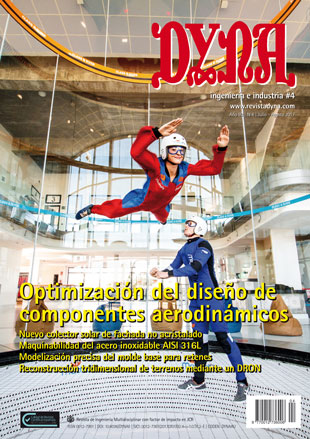ANALYSIS AND OPTIMIZATION OF MULTI-BRANCH INTERCONNECT ARCHITECTURE BASED ON MULTI-PORT TRANSFER MATRIX
Keywords:
Interconexión de múltiples ramas, multipuerto, función de transferencia, matriz de dispersión, efectos de terminación, Multi-branch interconnect, multi-port, transfer function, scattering matrix, termination effectsAbstract
Multi-branch interconnect architecture (MBIA) is an effective way to achieve ultra-high-speed and ultra-high-integration electrical systems. However, the increasing frequency and complexity of operation result in critical signal integrity (SI) issues. The majority of existing studies focuses on modeling and analyzing the architecture itself but ignores corresponding termination effects thereby resulting in inaccurate analysis and ineffective optimization. To analyze and optimize MBIA accurately and effectively, the present study proposed a multi-port transfer matrix (MPTM) that considered termination effects into account, and a hybrid time-frequency domain strategy based on MPTM was also developed. First, MBIA was modeled as two cascaded generalized multi-port networks that respectively represented MBIA and its terminations. Second, MPTM was defined and MPTM-based strategy was derived. Finally, the principle and performance of the proposed strategies were demonstrated through an eight-DDR3 address interconnect of fly-by topology with a line rate of up to 667 Mbps. The simulation results verifies that the proposed MPTM represents a complete MBIA by considering termination effects and provides effective bias for analysis and optimization. By employing MPTF-based strategy, the eye height of DDR3 address signal in the case study attains an average growth rate of 80% of the original design. The results obtained in this study can be applied to obtain the optimal performance and stability of electrical systems involving MBIA. Keywords: Multi-branch interconnect, multi-port, transfer function,scattering matrix, termination effectsDownloads
Published
2017-07-01
Issue
Section
ARTICULOS

